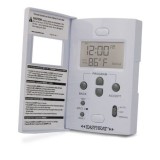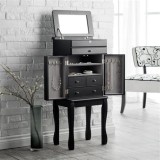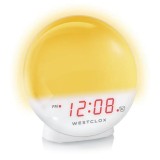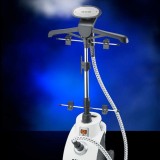Warm White vs Yellow LED: Key Differences and Applications
Light-emitting diodes (LEDs) have revolutionized the lighting industry, offering energy efficiency, long lifespans, and versatility. Two popular LED options are warm white and yellow, each with unique characteristics and applications.
Understanding Color Temperature
The color temperature of light measures its warmth or coolness, expressed in Kelvins (K). Higher color temperatures indicate cooler, bluer light, while lower color temperatures indicate warmer, yellower light.
Warm White LEDs
Warm white LEDs emit light with a color temperature typically between 2700K and 3500K. This warm, inviting light resembles the glow of incandescent bulbs, creating a cozy and comfortable atmosphere. Warm white LEDs are commonly used in:
- Residential lighting
- Hospitality and retail spaces
- Restaurants and bars
Yellow LEDs
Yellow LEDs emit light with a color temperature of around 590nm, which is closer to the pure yellow hue of amber or sodium vapor lights. Yellow LEDs are highly visible and penetrating, making them ideal for applications such as:
- Traffic signals
- Emergency lighting
- Hazard warnings
Applications and Considerations
The choice between warm white and yellow LEDs depends on the intended application and desired lighting effect. Here are some key considerations:
- Ambiance: Warm white LEDs provide a warm and inviting atmosphere, while yellow LEDs create a bold and attention-grabbing effect.
- Visibility: Yellow LEDs offer better visibility and penetration, making them suitable for safety and warning applications.
- Applications: Warm white LEDs are suitable for residential and commercial indoor lighting, while yellow LEDs are optimized for outdoor and public safety applications.
Additional Factors
Beyond color temperature, other factors to consider when selecting between warm white and yellow LEDs include:
- CRI (Color Rendering Index): Indicates how accurately colors appear under the light.
- Lifespan: LEDs typically have long lifespans, but different types may vary.
- Dimmability: Allows for adjustment of light intensity to create different atmospheres.
- Energy Efficiency: LEDs offer high energy efficiency, but some types may consume more power than others.
Conclusion
Warm white and yellow LEDs offer distinct characteristics and applications. Warm white LEDs create a cozy and inviting atmosphere, ideal for residential and commercial indoor lighting. Yellow LEDs provide high visibility and penetration, making them suitable for outdoor and safety applications. By considering the color temperature, applications, and additional factors, you can choose the optimal LED type for your specific lighting needs.
Why Are Lights So White Versus Yellow Warmer In Asian Restaurants Homes S Etc Quora

Colour Temperature Warm White Vs Cool Green Efficient Living

White Light Vs Yellow Which Is Better For Eyes When Reading Studying

Definition Of Led Color Warm White Pure And Cold Per Accurate Inc

Yellow Lights Or White Where To Have Them In Your Homes Contractorbhai

Color Difference Between Warm White Daylight And Cool Superlightingled Com Blog
Why Does Home Lighting In The Usa And Europe Commonly Have A Yellowish Tint Unlike White Light More Common Other Countries Quora

Should I Buy White Light Bulbs Or Yellow For My Home Quora

Definition Of Led Color Warm White Pure And Cold Per Accurate Inc

Should I Choose 2700k Or 3000k Warm White Lighting








